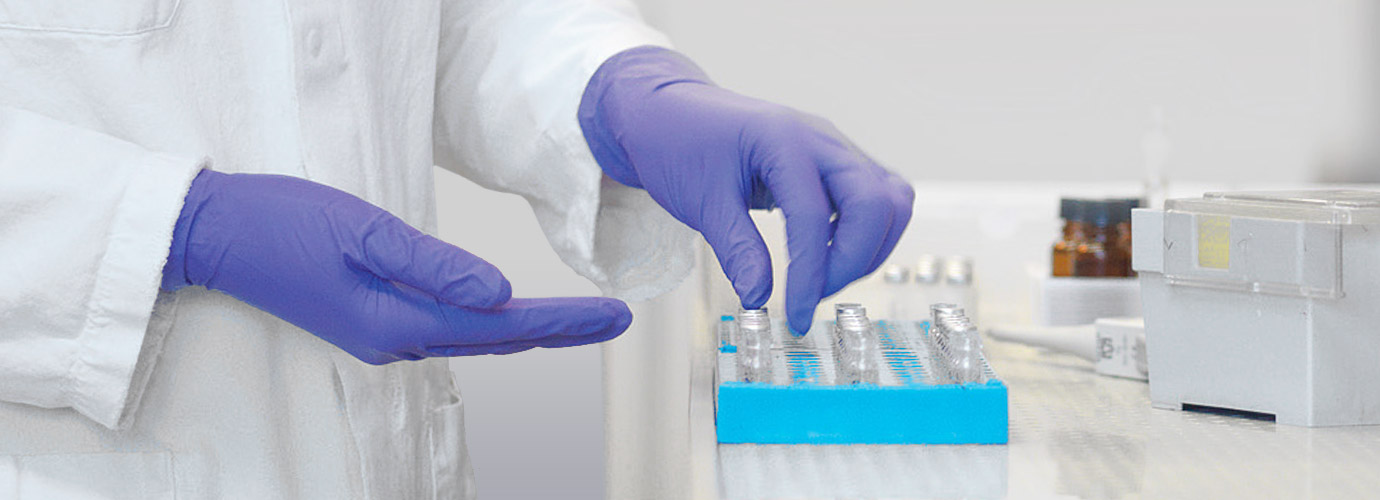Maternal faecal transplantation to caesarean-born infants?

05.2021
Author Dr. rer. nat. Markus Brüngel, Nutritionist
During vaginal birth, infants are exposed to maternal intestinal and vaginal microbes. These microbes colonise the infant’s intestines and create the basis for an intestinal microbiota which is a key factor for their health in later life. After a caesarean birth, a different, “non-normal” intestinal microbiota initially develops. This could be responsible for the infant’s immune system being “incorrectly” imprinted, and caesarean-born infants may consequently be at a higher risk of developing certain diseases in later life, such as allergies, type 1 diabetes and obesity.
Finnish scientists have now succeeded in promoting the propagation of regular intestinal germs in caesarean-born babies. Shortly after birth, the infants received a faecal sample of their own mothers diluted in breast milk. After just one week, the intestinal microbiota of these infants resembled those of the babies born vaginally. The researchers stress that the faecal samples must be tested for pathogens before use. Of the 17 pregnant women who volunteered to participate in the study, only seven were selected based on the preliminary tests. In the other women, the doctors had detected pathogens – including B-streptococcus in genital swabs – that could have harmed the neonate.
Three weeks before the planned caesarean section, the researchers took faecal samples from the women. They were microbiologically analysed and then kept in frozen storage until the due date. After birth, the infants were given the thawed stool samples of their respective mothers diluted in breast milk as their first feed. With this single “faecal microbiota transplant”, the infants ingested an average of seven million living bacteria. All mothers breastfed their children for at least two months. Over the period from two days to three months after birth, doctors analysed the bacterial content of the infants’ faecal samples. These were compared to 82 faecal samples from untreated caesarean-born babies and vaginally born babies.
Results
The infants showed no symptoms of any disease requiring treatment during the three-month study period. In the first days after the microbial transplantation, the range of intestinal microbe species changed significantly as compared to the maternal intestinal microbiota. Untreated caesarean-born infants showed significantly lower numbers of Bacteroides and Bifidobacteria than vaginally born infants. In addition, higher counts of Enterococcus, Enterobacter and Klebsiella species were found in untreated caesarean-born infants, which are considered potential pathogens. The transplantation of maternal intestinal microbes ensured that the intestinal microbiota of the caesarean-born infants resembled that of vaginally born infants as early as seven days after birth.


